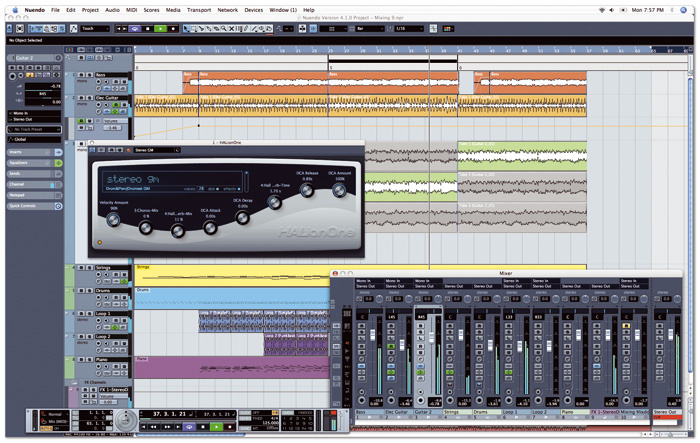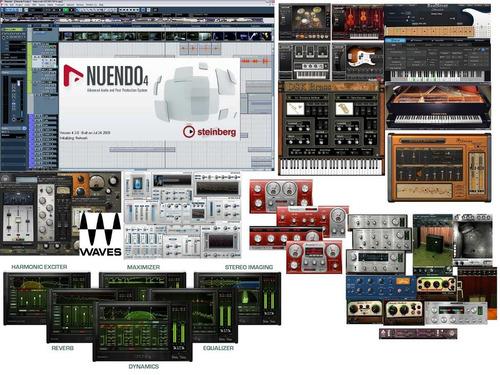

The video link was used rarely when playing.

Within these themes, musical issues, communication, and social interactions were found to be most challenging for separated musicians, while adaptability helped the musicians in this situation. Five themes emerged from the data, namely: adaptability, communication, performance, impact on the musicians, and relationships. Three pairs of musicians were recorded in acoustically isolated spaces with audio and video links, and were then interviewed using semi-structured interview techniques. The impact of this physical separation on the experience of classical musicians in a woodwind soloist and piano accompanist setting was investigated. This separation is likely to have an effect on interaction between musicians as usual channels of communication are interrupted. Effects of latency on synchronization have been extensively studied however, research is limited on the effects of physical separation on the subjective experience of musicians. However, situations such as networked music performance (NMP) require physical separation with audio and sometimes video links.

Our findings enhance our understanding of how users perform in touchscreen apps and could be applied in future app designs for social musical interaction.Ĭlassical musicians in ensembles are accustomed to performing in the same physical space. We also observe that, whereas long swipes dominate the visual appearance of performances, the majority of interactions are short with limited expressive possibilities. Our analysis shows that users tend to focus on the center and diagonals of the touchscreen area, and that they tend to swirl or swipe rather than tap.

Performers collaborate by replying to performances, adding new musical layers that are played back at the same time. MicroJam constrains performances to five seconds, and emphasizes frequent and casual music-making through a social media–inspired interface. In this work, we introduce a constrained touchscreen performance app, MicroJam, designed to enable collaboration between performers, and engage in a data-driven analysis of more than 1,600 performances using the app. Although new mobile music instruments have been investigated from design and user experience perspectives, there has been little examination of the performers' musical output. The widespread adoption of mobile devices, such as smartphones and tablets, has made touchscreens a common interface for musical performance.


 0 kommentar(er)
0 kommentar(er)
